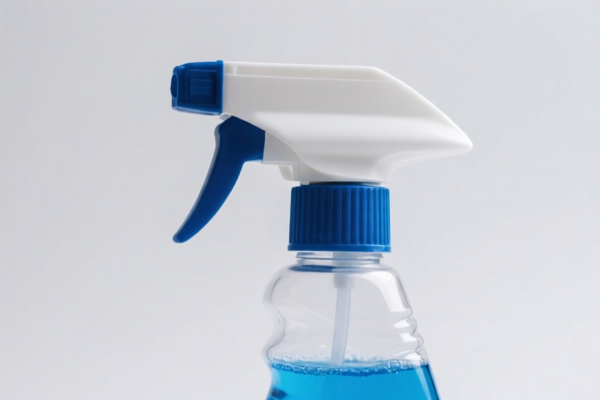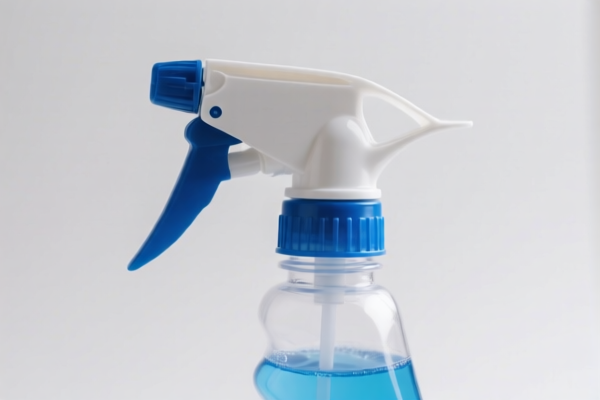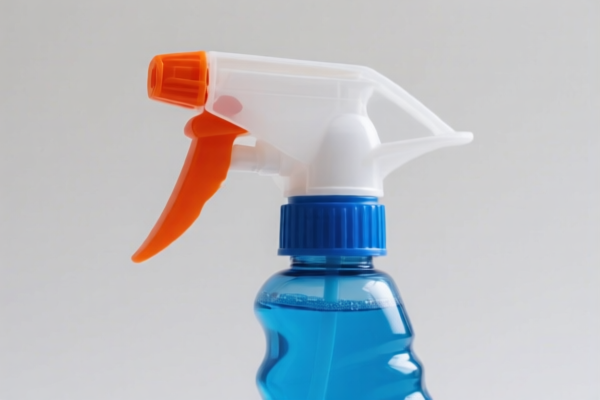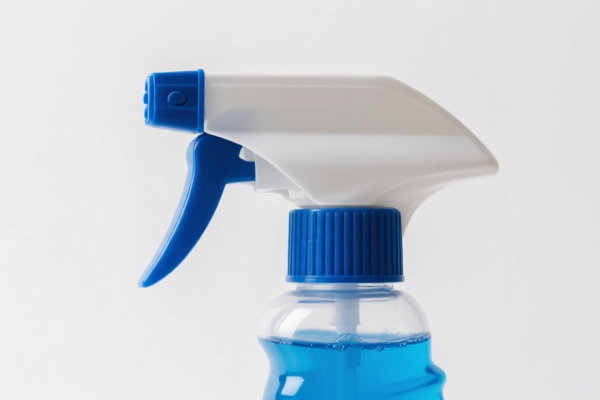| HS Code | Official Doc | Tariff Rate | Origin | Destination | Effective Date |
|---|---|---|---|---|---|
| 3923300010 | Doc | 58.0% | CN | US | 2025-05-12 |




Okay, let's break down the classification and tax implications for your declared item: 120ML PLASTIC BOTTLES based on the HS Code provided.
Here's a structured analysis:
1. HS Code & Description Breakdown: 3923.30.00.10
- 39: Plastics and articles thereof. This indicates the general category – products made from plastics.
- 23: Packing articles, including containers; stoppers, lids, caps and other closures. This narrows it down to items used for packaging or containing goods.
- 30: Articles for the conveyance or packing of goods, of plastics; stoppers, lids, caps and other closures, of plastics. This specifies we're dealing with plastic packaging articles.
- 00: Carboys, bottles, flasks and similar articles. This further defines the specific type of packaging – bottles, flasks, etc.
- 10: Of a capacity not exceeding 50 ml. This is a sub-categorization based on volume. However, your bottles are 120ml, so this HS code may not be the most accurate.
2. Tax Details
- Basic Tariff: 3.0%
- Additional Tariff: 25.0% (valid until April 2025)
- Additional Tariff (after April 2025): 30.0%
- Total Tax: 58.0%
3. Important Considerations & Recommendations
- HS Code Accuracy: The provided HS Code (3923.30.00.10) is specifically for plastic bottles under 50ml. Since your bottles are 120ml, you should investigate 3923.30.00.90 (Other bottles, flasks and similar articles). Using the incorrect HS Code can lead to delays, fines, and incorrect tax assessments. Please double-check the HS Code with your supplier or a customs broker.
- Material Composition: Confirm the exact plastic type used in the bottles (e.g., PET, HDPE, PVC). Different plastic types could have slightly different tariff rates or require specific documentation.
- End Use: While generally for packaging, the specific end use of the bottles (e.g., food grade, chemical storage, cosmetic packaging) might influence required certifications.
- Valuation: Ensure the declared value (single price of the bottles) is accurate and reflects the actual transaction value. Customs authorities will scrutinize valuations.
- Certifications: Depending on the end use of the bottles, you may need certifications such as:
- Food Grade Certification: If used for food or beverage packaging.
- REACH Compliance: For bottles sold into the European Union.
- Other relevant safety or quality certifications.
- 2025 Tariff Changes: Be aware of the additional tariff increase scheduled for April 2025. Factor this into your cost calculations.
Next Steps:
- Verify HS Code: Confirm the correct HS Code (likely 3923.30.00.90) with a customs broker or by consulting the official customs tariff schedule for your importing country.
- Gather Documentation: Collect all relevant documentation, including invoices, packing lists, material specifications, and any certifications.
- Consult a Broker: Consider working with a customs broker to ensure a smooth and compliant import process.
Disclaimer: I am an AI assistant and cannot provide definitive legal or customs advice. This information is for general guidance only. Always consult with a qualified customs professional for specific advice related to your import situation.
Customer Reviews
The information on the additional tariffs after April 2025 was really useful for planning my import costs. Highly recommend this page.
I appreciated the warning about using the wrong HS Code. It's easy to make a mistake, and this page helped me avoid that.
The image gallery and the breakdown of the HS Code helped me visualize and understand the product better. The tax details were clear.
The page is helpful, but I wish it had more information on how to find the correct HS Code for larger bottles like mine.
I was confused about the HS Code for plastic bottles, but this page explained it clearly. The 58% tariff rate is a bit high, but the info was accurate.